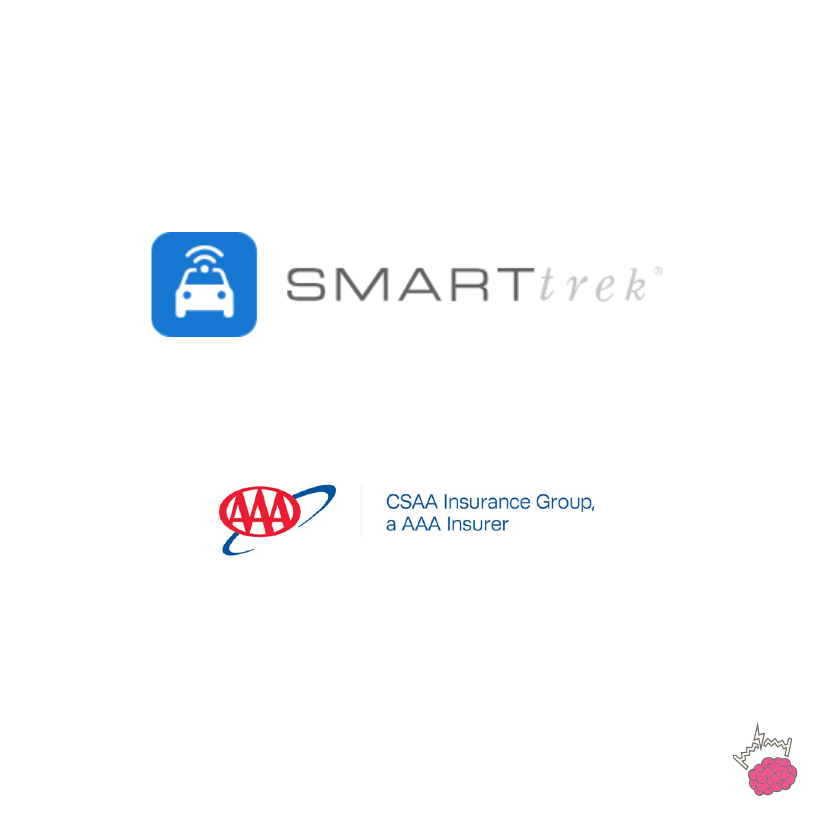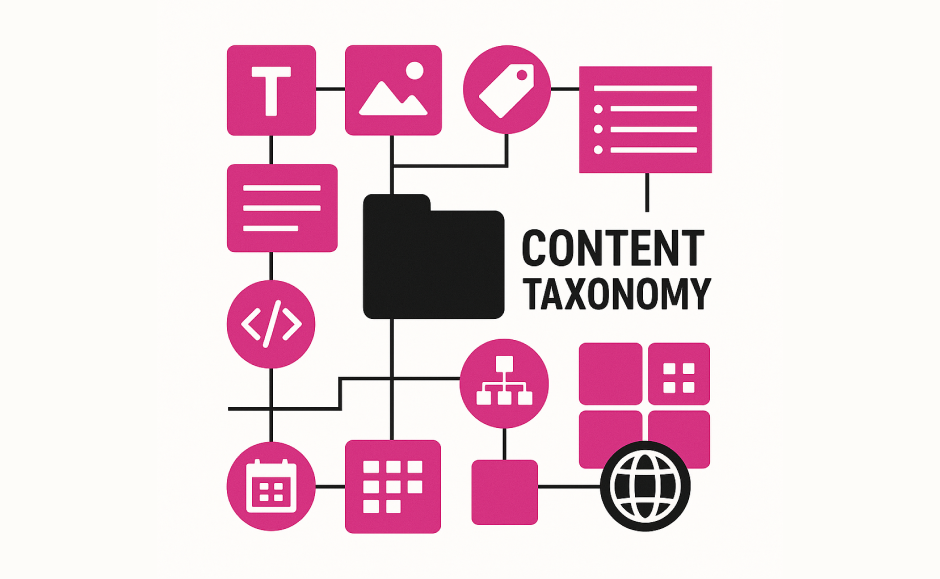Case Study
Gamifying Driving Behavior for Insurance Discounts
Overview
CSAA’s SMARTtrek was a a telematics service for usage based insurance (UBI) application designed to engage insurance policyholders by studying their driving behaviors. The primary goal was to offer personalized discounts based on individual driving habits and usage patterns.
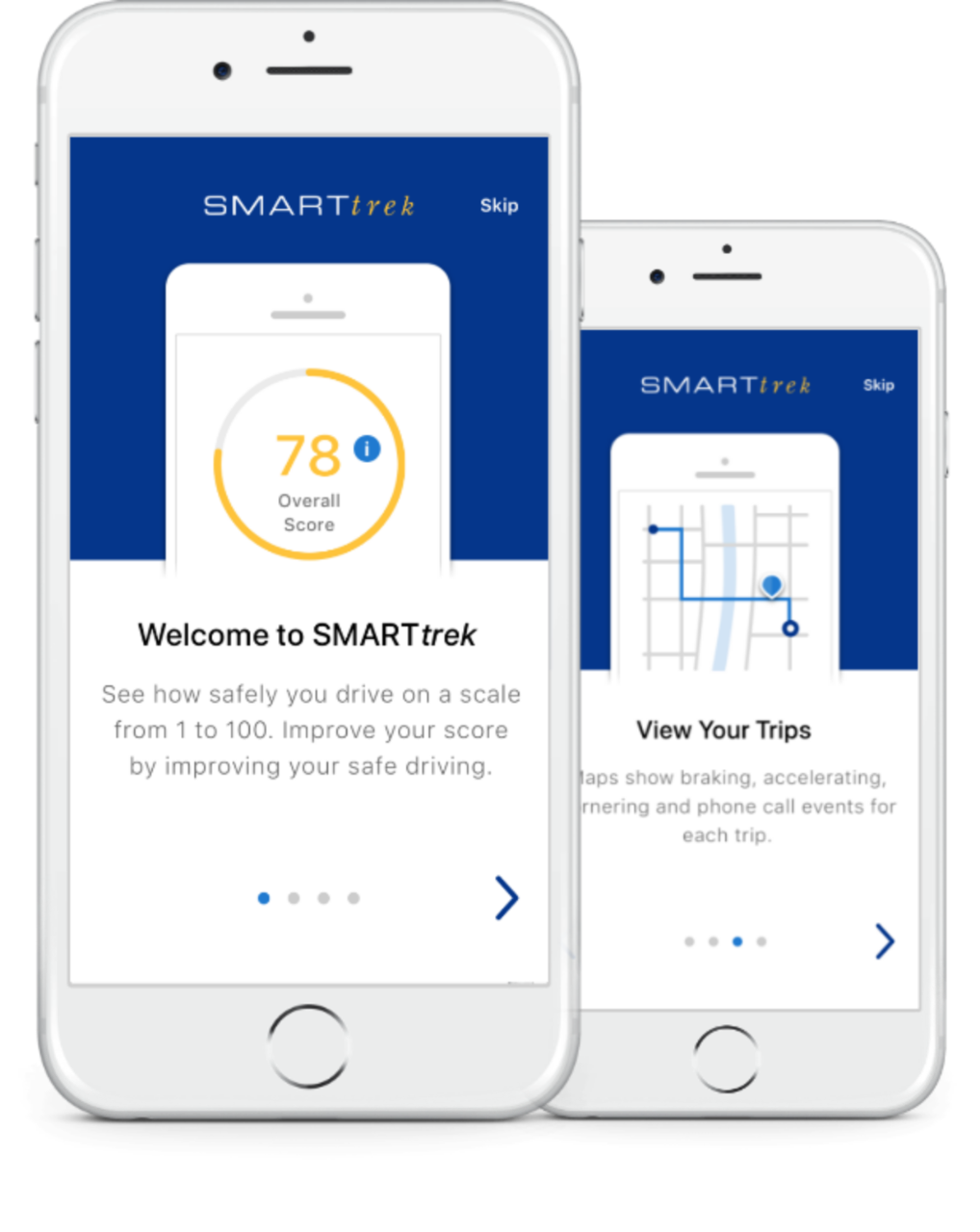
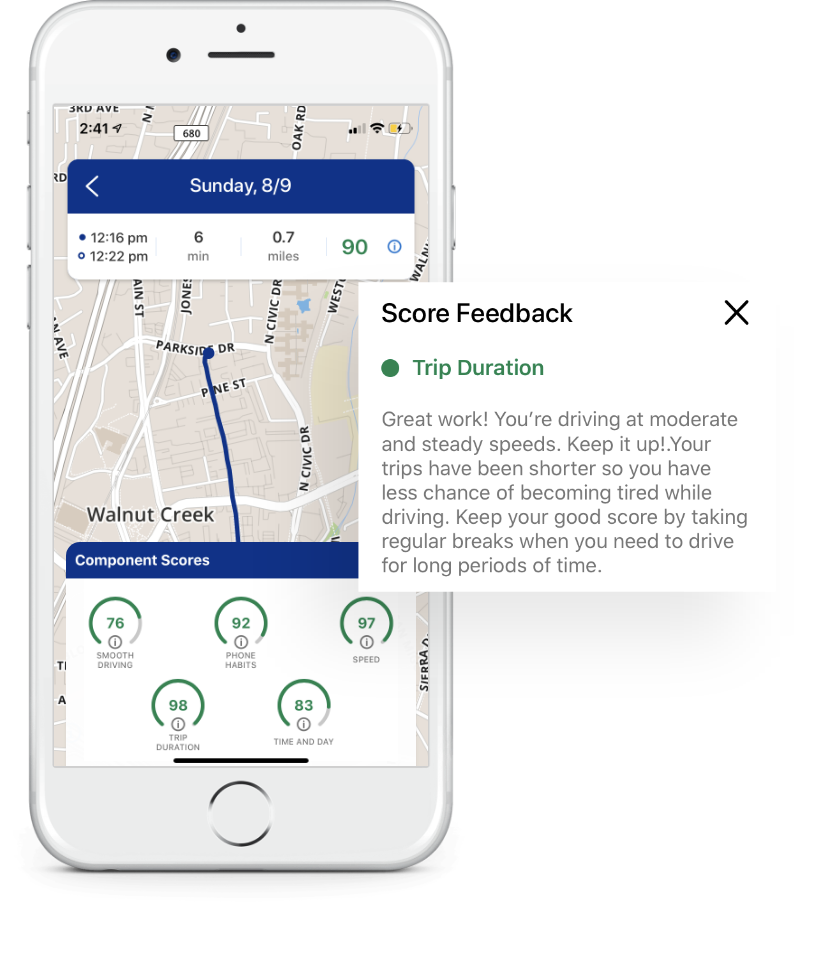
The Challenge
The challenge was to accurately capture and interpret complex mobile motion sensor data, translate it into meaningful insights for users, and design an experience that encouraged safer driving behaviors while making the process intuitive and rewarding.
My Contributions & Process
As the Lead UX Designer for SMARTtrek, my focus was on enhancing the app’s ability to accurately measure and effectively communicate driving behaviors, fostering user engagement:
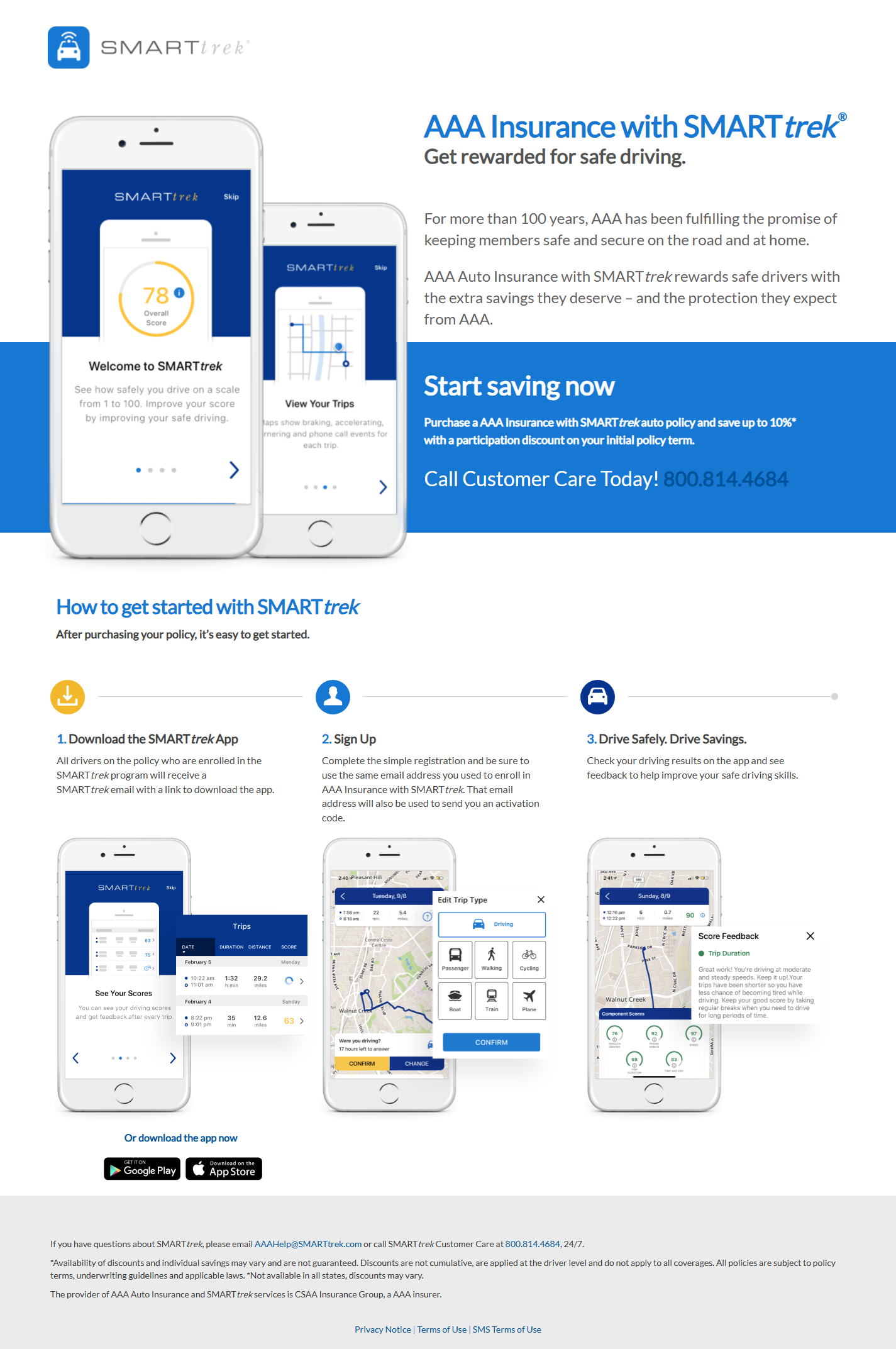
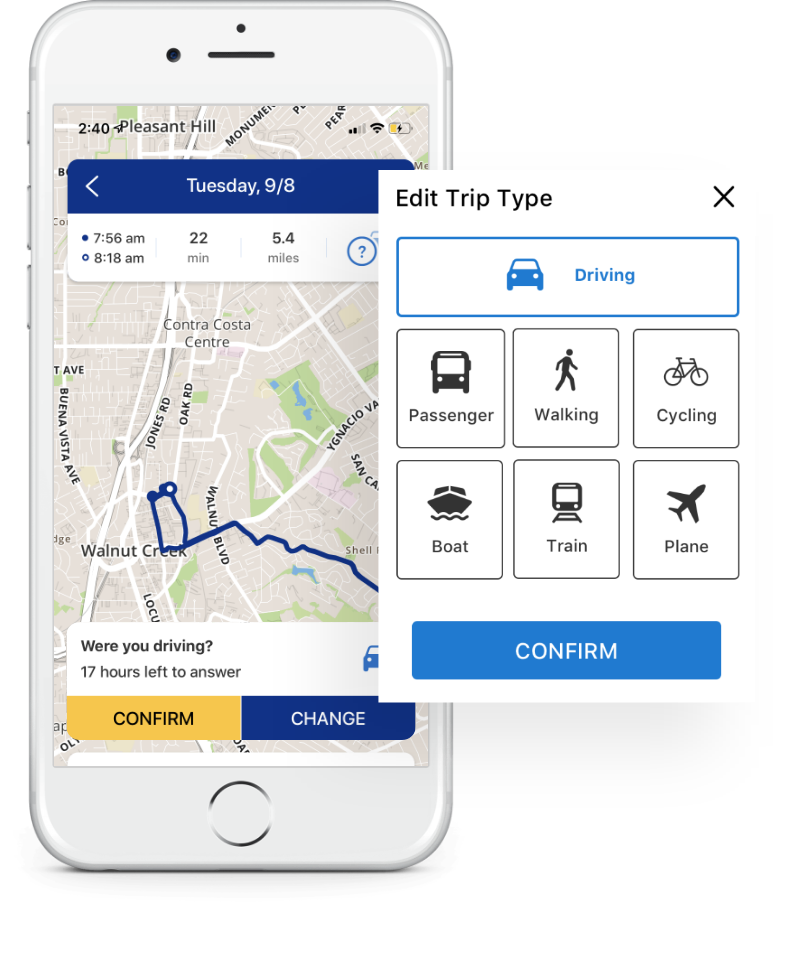
Solutions & Approach
My approach combined deep analytical understanding with empathetic user-centered design:
Impact & Results
My contributions to the SMARTtrek and its supporting marketing efforts led to significant improvements in user understanding and the app’s core functionality:
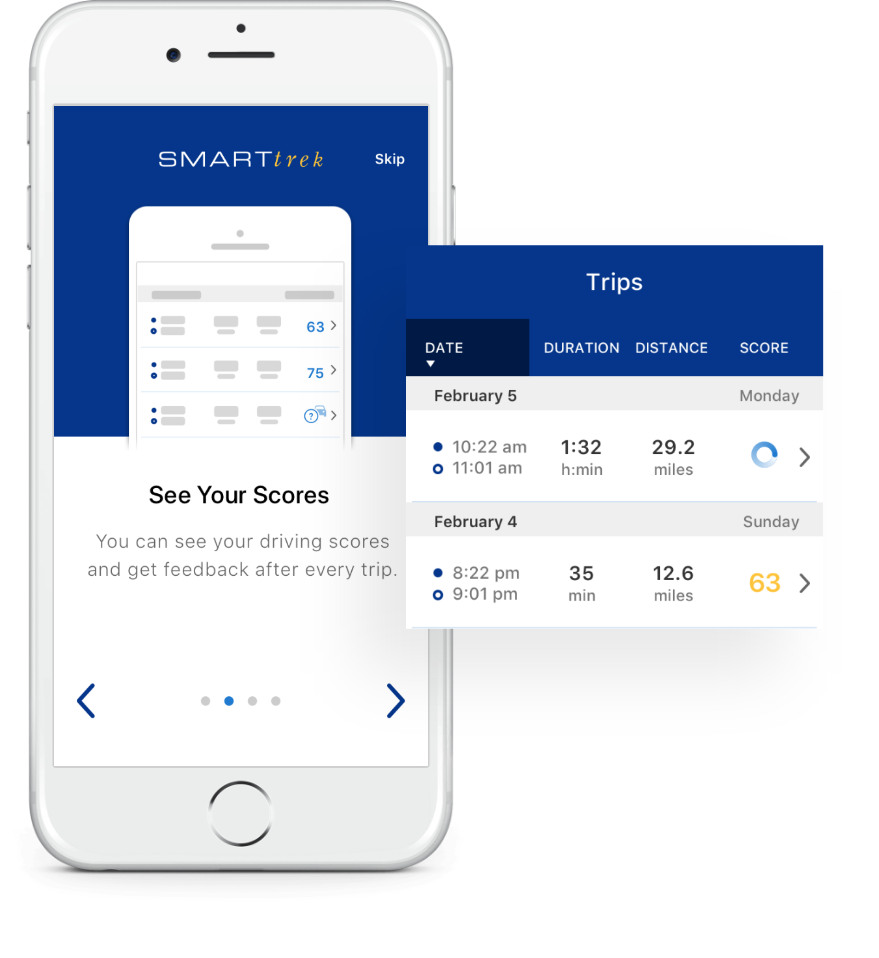
Note: Due to a confidentiality agreement, specific projects and product details remain generalized.
